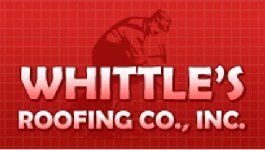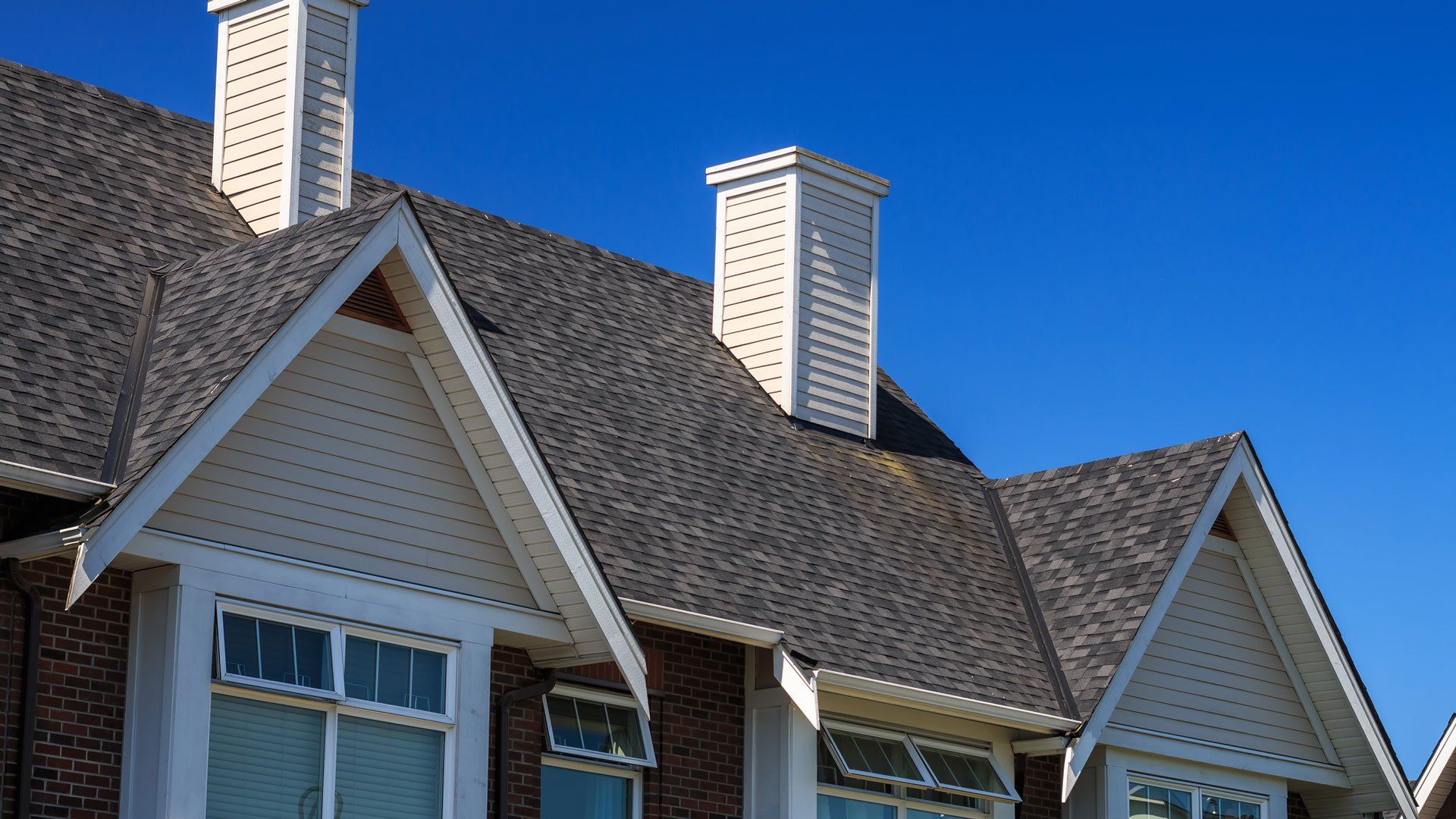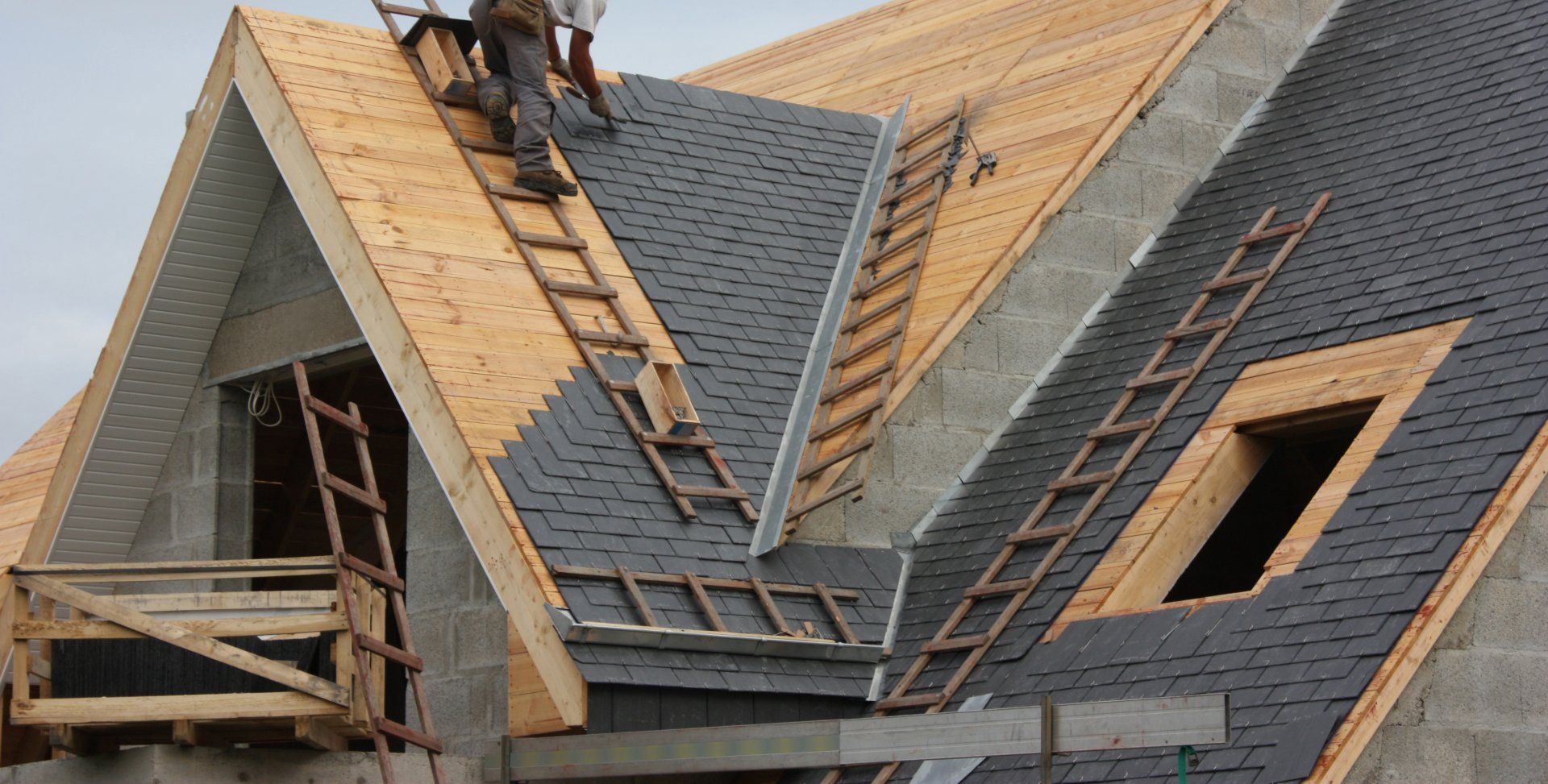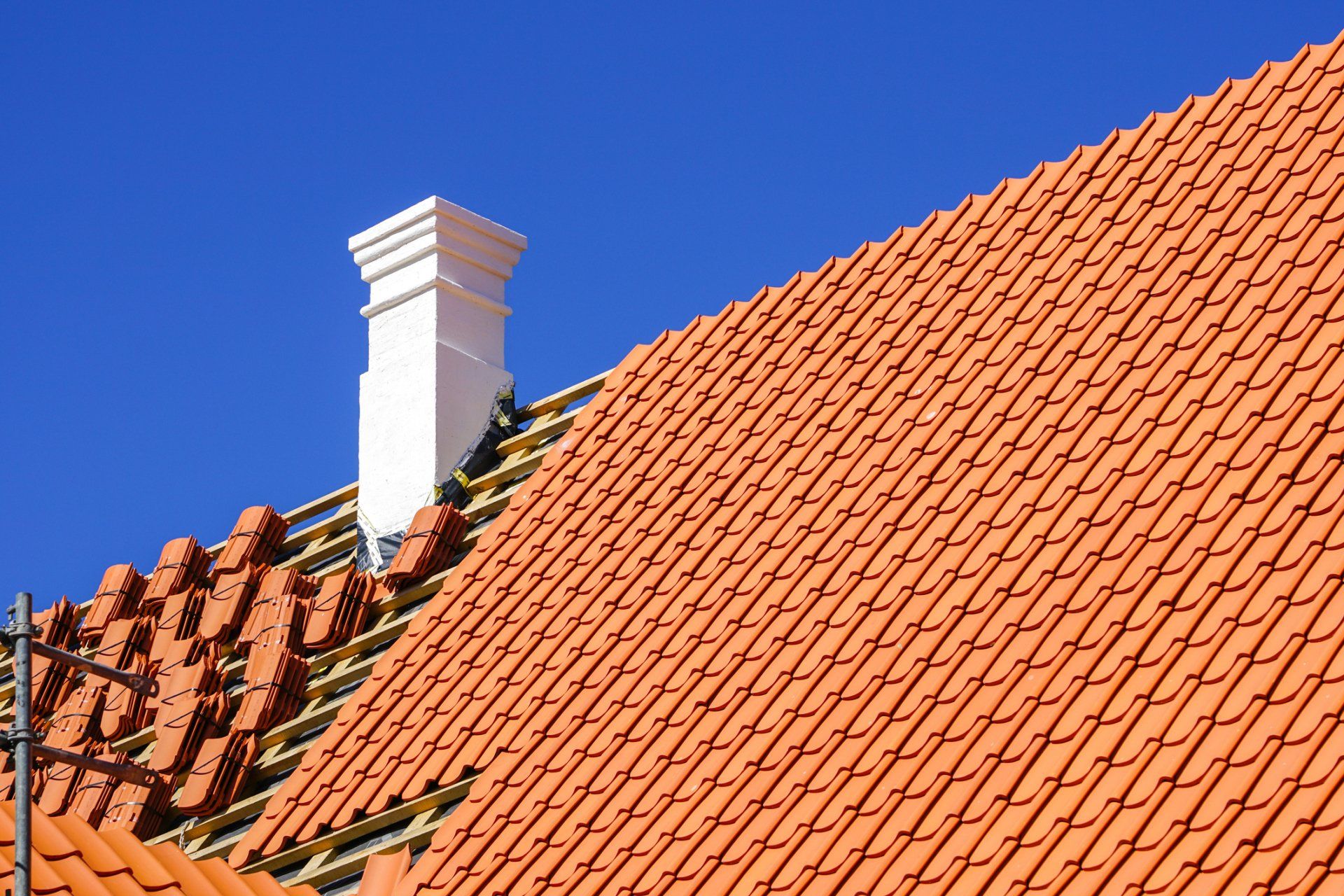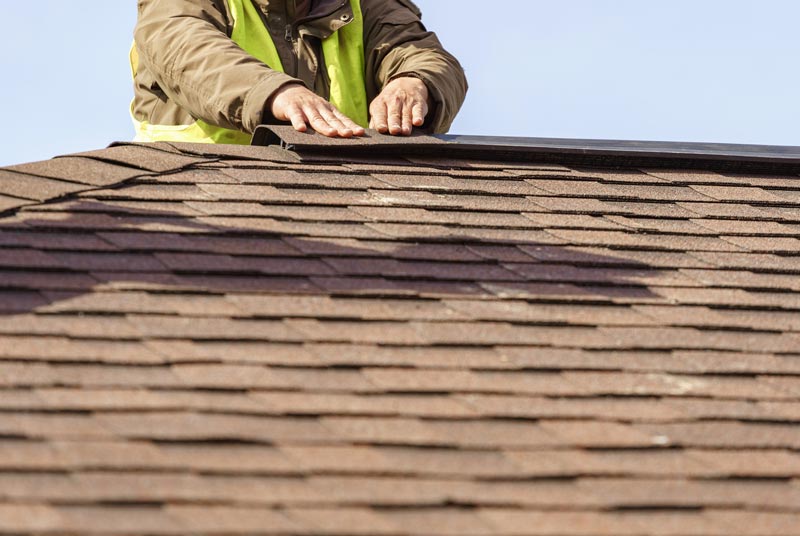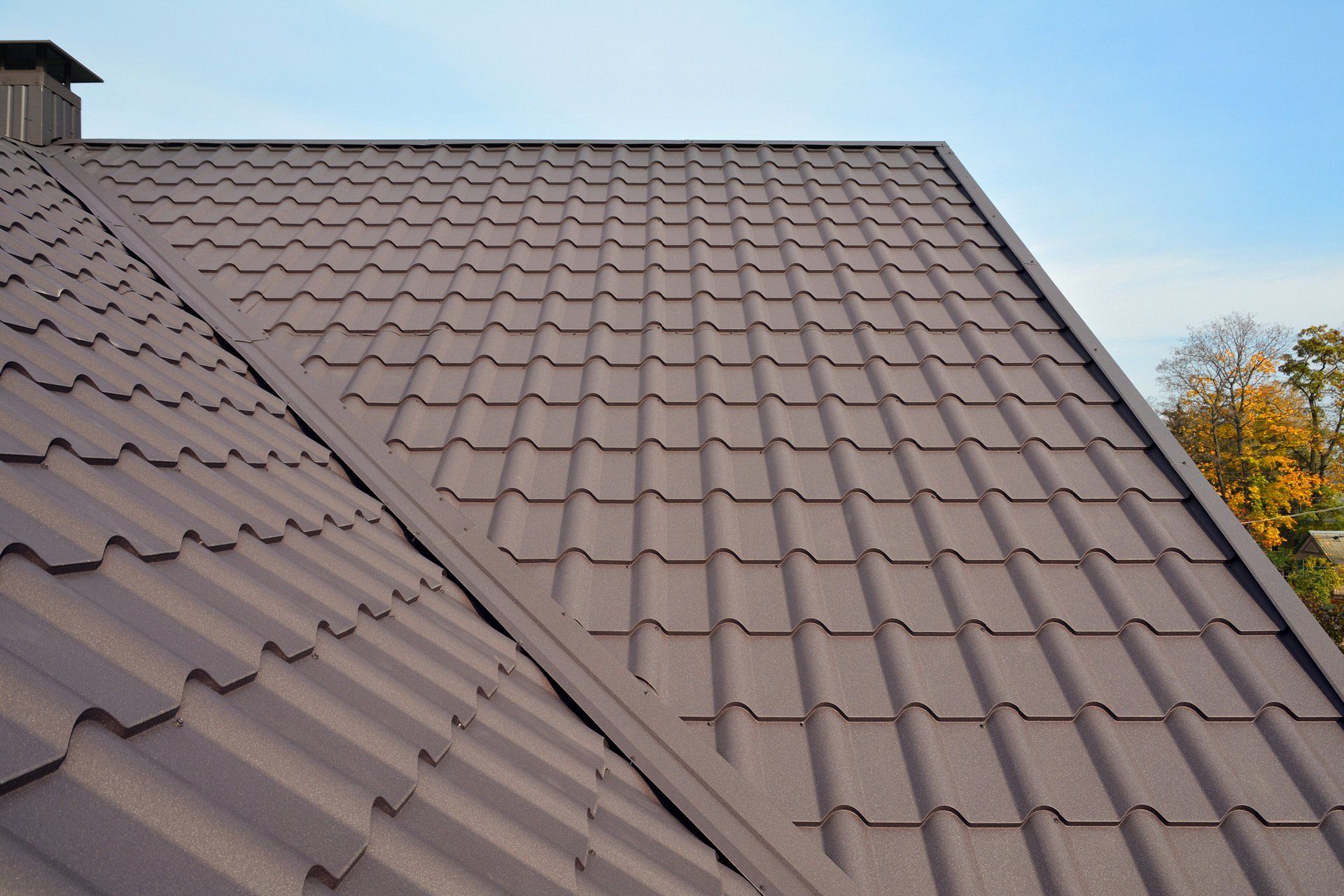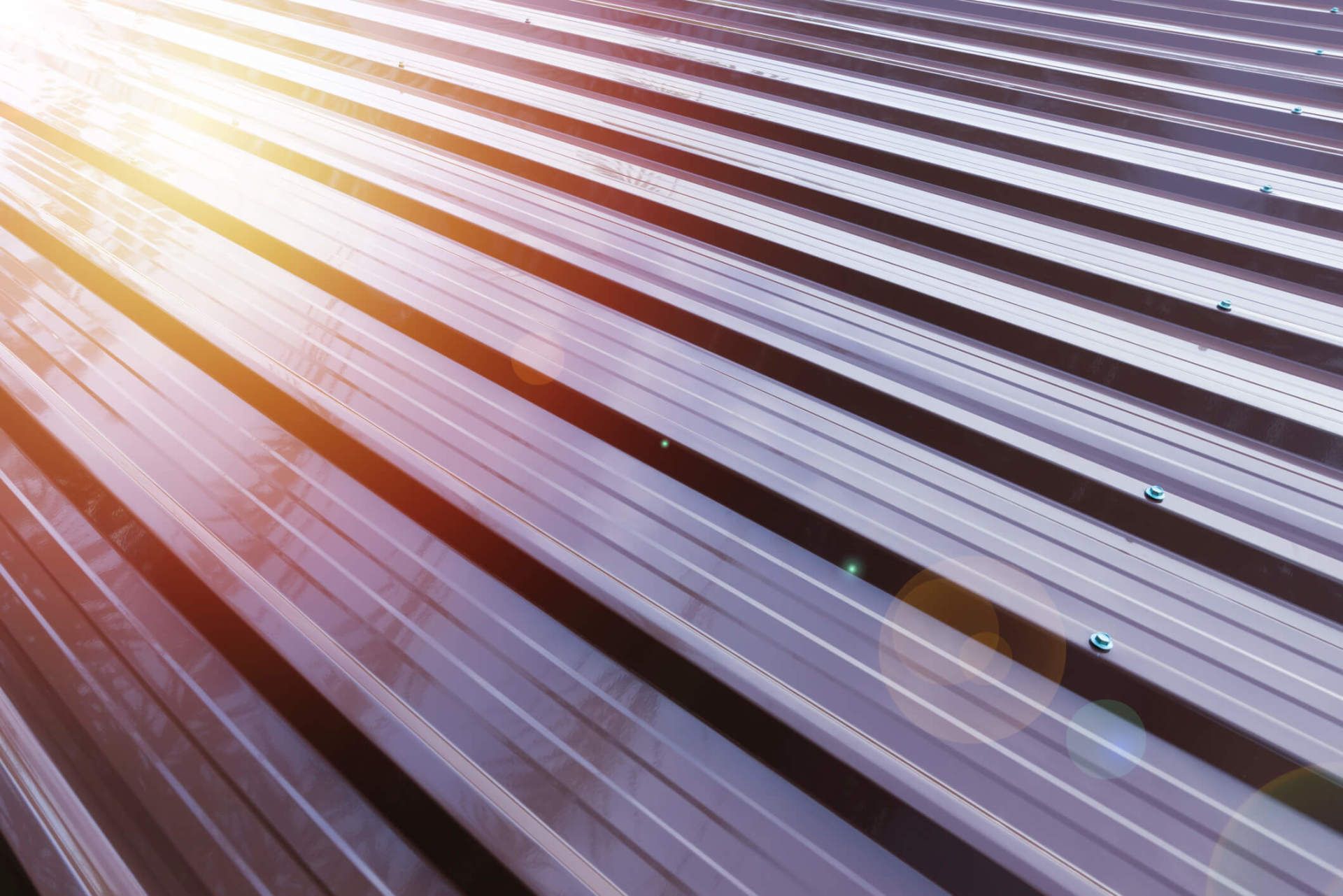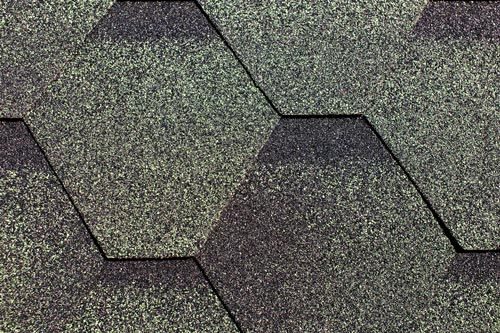Roof Condensation | Whittle's Roofing Co., Inc.
Admin • January 20, 2021
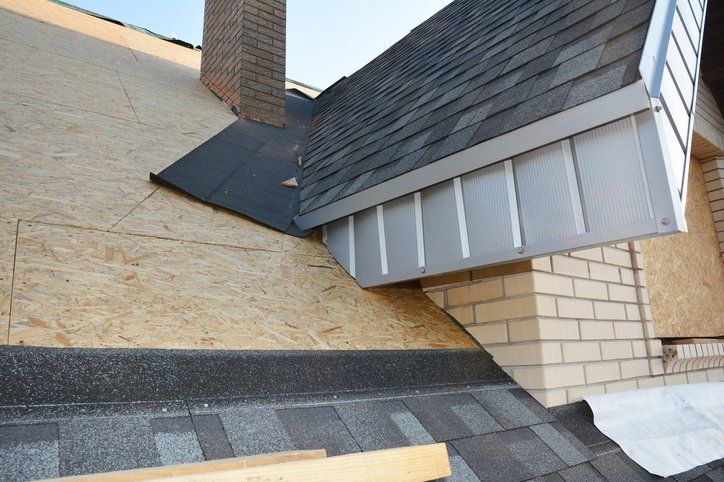
Roof condensation might not look as dangerous as a leak, but you shouldn't ignore it. Keep reading to learn more about roof condensation; if you know what causes this issue, you can help you prevent it.
Causes
Condensation mostly occurs when the outdoor temperature is relatively higher than the indoor temperature. Under such conditions, warm and humid air in the house rises, condenses under the roof, and drips down. However, the temperature difference alone isn't enough to trigger condensation. Below are further conditions that encourage roof condensation.
Inadequate Insulation
Good insulation acts as a barrier between indoor and outdoor environments or temperatures. The adequacy of insulation depends on:
- The insulation material
- The roofing material
- The local climate
For example, cold regions require more insulation than warm regions. The underside of the roof will only be cold enough to facilitate condensation if the insulation is inadequate.
Venting Problems
As mentioned above, roof condensation occurs when warm, moist air meets a cold surface. Roof venting allows such air to flow out of the building. However, you must also ensure that you don't get too much air out of the house; this can lead to energy inefficiency since you are losing conditioned air.
Venting the house without losing energy efficiency requires is a delicate balancing act. Condensation, especially during the cold seasons, is inevitable if the venting is inadequate. The same problem will arise if you have adequate vents, but something blocks them. For example, pests (such as birds) can block the vents, and weather disasters can damage them.
High Humidity
Warm air will always rise since it's lighter than cold air. However, condensation won't occur if the air is relatively dry. You require another delicate balance here because both extremes, too little or too much humidity, are bad. Therefore, even if you want to humidify your indoor air, ensure you maintain the right levels. Some of the factors that lead to high humidity include:
- Slow or blocked drains that allow standing water
- Leaking or dripping plumbing fixtures
- Indoor cooking
- Indoor washing and clothes drying
In many cases, you might not notice the high humidity until it triggers a visible problem.
Dangers
Roof condensation is not just an inconvenience - it can cause real problems for your house. Below are some of these problems.
Roof Damage
Condensation accelerates your roof's deterioration. Don't forget that a typical roof is not perfectly sealed, so some of the humid air will condense between different layers of the roofing materials. Such condensation can damage the roofing materials via rot, corrosion, and even pest infestation (moisture attracts pests). With time, the damaged roof might suffer leakage.
Mold
Moisture encourages mold growth, so condensation can introduce mold in your house. Some forms of mold are bad for your health.
Aesthetic Concerns
Lastly, condensation can also affect your house's attractiveness. For example, the condensation can damage your house's paint or cause discolored streaks on the ceiling.
Solutions
You don't have to live with condensation and its effects. The first thing you should do is contact a professional to diagnose the cause of the condensation. You might also find that what you think of as condensation is actually a leak in some cases.
You can address the cause of the condensation after the diagnosis. For example, if the problem is inadequate insulation, you can improve it to acceptable levels. The main thing you want to do is to intervene before roofing damage occurs.
Whittle's Roofing Co., Inc., has been active in the roofing industry since 1972. We have the skills and experience to diagnose and fix all manner of roofing issues. Contact us if you suspect roof condensation. Our prompt intervention can help you avoid costly damage.
Every homeowner needs to fully understand all the parts of their roof. Learn about four important features so you can protect your roof.
